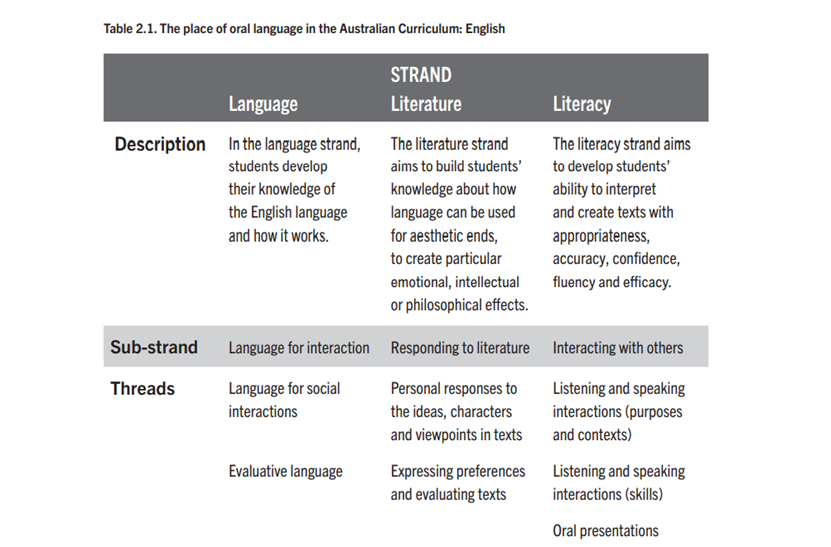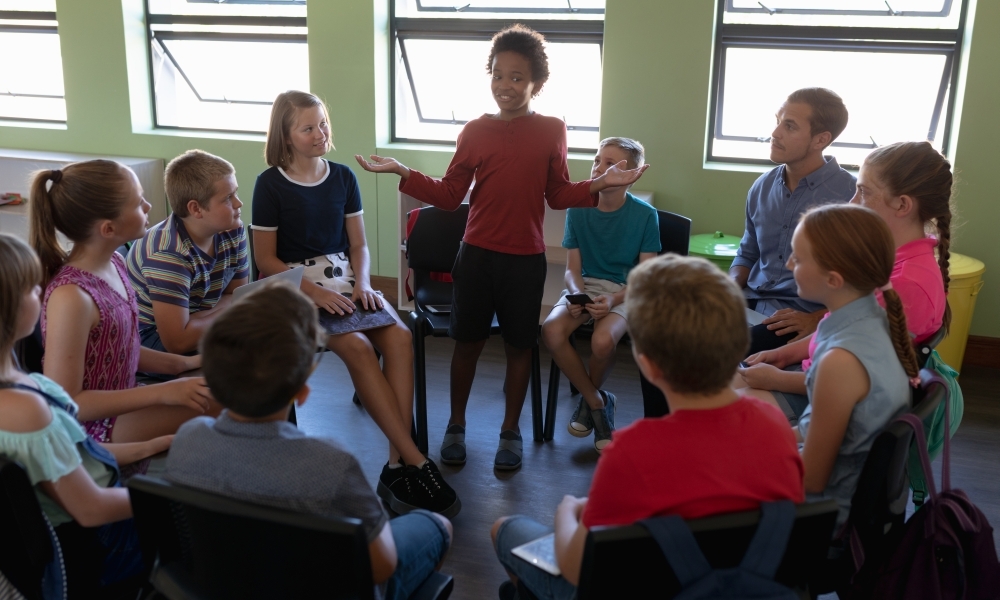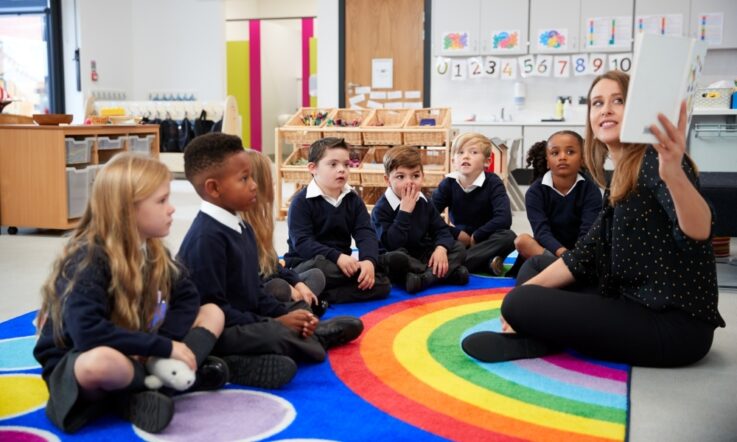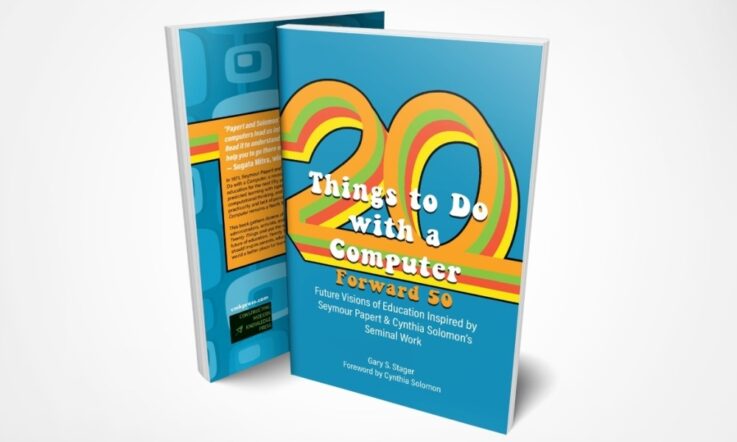Leading improvement in literacy teaching and learning, written by Associate Professor Robyn Cox from RMIT University, supports teachers and school leaders in their understanding of the intricacies of teaching literacy and the best ways to improve practices and subsequent outcomes for students. In this exclusive excerpt from the book, Cox discusses the importance of oral language learning in the early years.
For school leaders, it is important that early years teachers value the essential place of talk for social interactive reasons in the classroom and understand how the explicit teaching of early literacy skills and knowledge can support all learners in their classrooms.
Elements of a rich oracy curriculum according to Bearne and Reedy (2018) are listed below. They say that classrooms displaying these types of activities are providing opportunities for learners to hear and use oral language to enhance their learning of literacy. Students need to:
- hear good models of spoken language
- speak audibly and fluently
- listen and respond appropriately, adapting spoken language to a wide range of contexts
- explore and discuss features of spoken language; distinguish between formal and informal types of spoken language and know when it is appropriate to use each
- participate actively in collaborative conversations, in groups and class and use the conventions of group discussion
- ask relevant questions to extend understanding to seek information, views and feelings and build a spoken language repertoire
- speculate, hypothesise and explore ideas
- give extended spoken responses to questions, books, poems and visual texts
- articulate and justify answers, arguments and opinions
- give clear descriptions and explanations
- listen and respond to a range of fiction, poetry, drama and media texts through the use of traditional and digital resources
- explore the richness and diversity of language and its personal and creative purposes
- reflect on and explain their literacy and thinking skills, using feedback to refine ideas and sensitively provide useful feedback for others
- engage in a range of imaginative and creative spoken language, for example, drama, role play, storytelling, poetry, presentations, performances and debates. (Bearne & Reedy, 2018)
As learners move through the early literacy stage and become more confident, oral language can help them understand the curriculum content and can be used to interact and to express ideas. The Australian Curriculum: English (AC:E) provides us with clear directions around the place of oral language in the English curriculum and it shows a clear progression from early years to the later years of schooling. In particular, the sub-strands below demonstrate how strongly the AC:E can support cross-school planning for oral language use.

If a school adopts an explicit oral language or talk policy across their school grades and aligns these with national, state or jurisdictional curriculum documents, and school scope and sequence charts bringing in the cross-curriculum perspectives, the school is recognising that spoken language is the foundation of children’s personal, social, cultural, cognitive, creative and imaginative development. Oral language can provide the means of thinking through ideas as well as a medium of communication. It will also underpin literacy learning as the demands of comprehending and composing texts increase across the years of schooling.
References
Bearne, E., & Reedy D. (2018) Teaching primary English: subject knowledge and classroom practice. Routledge.
Leading improvement in literacy teaching and learning by Robyn Cox is published by ACER Press and is available to purchase via this link.
Consider the list of the elements that make a rich oracy curriculum above. Which of these elements do you explicitly use in your classroom? How do they help students to enhance their oracy skills and their learning of literacy?
Robyn Cox says: ‘It is important that early years teachers value the essential place of talk for social interactive reasons in the classroom…’ How do you value talk in your classroom? What opportunities do students have to practice their talking and listening skills?



